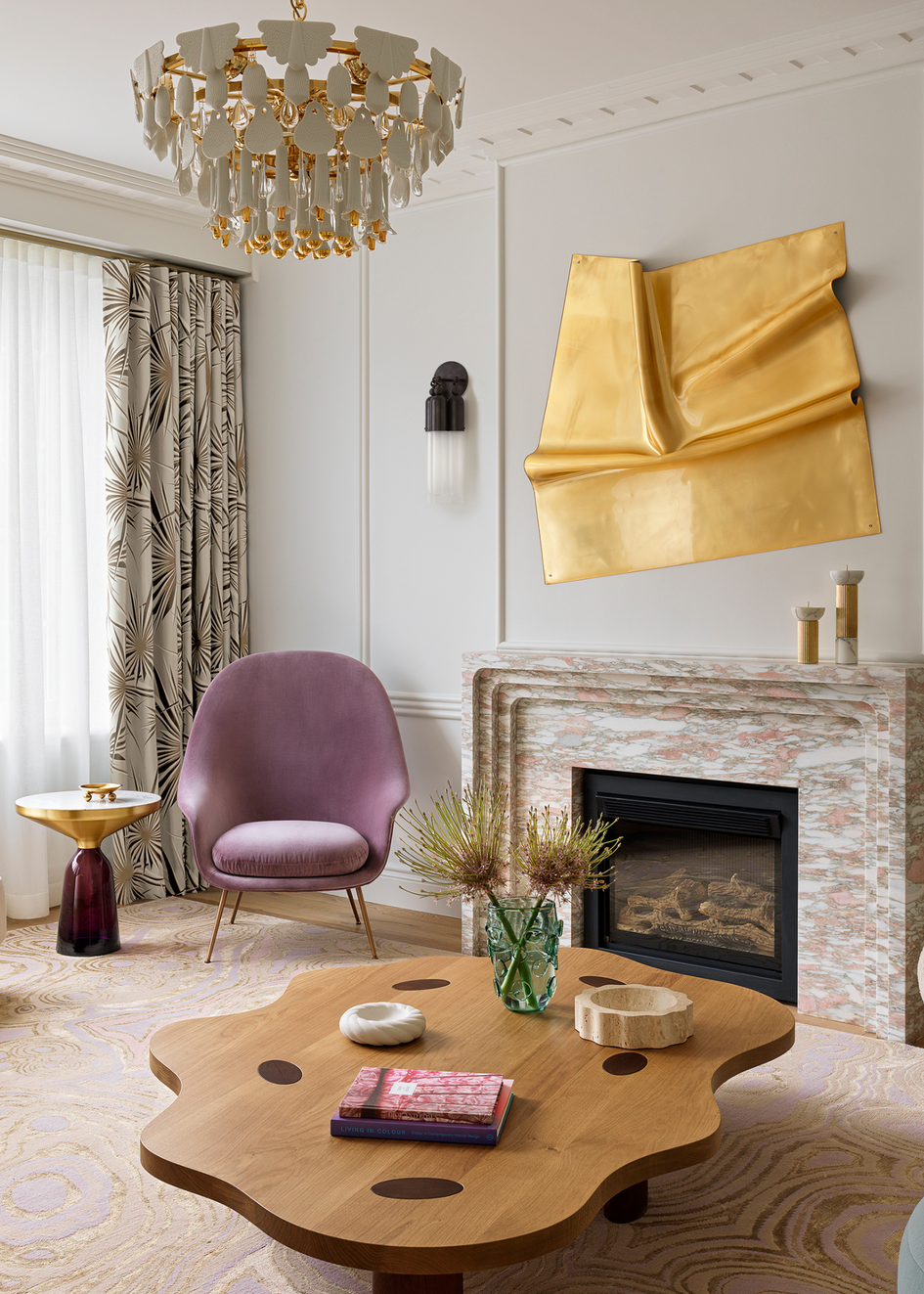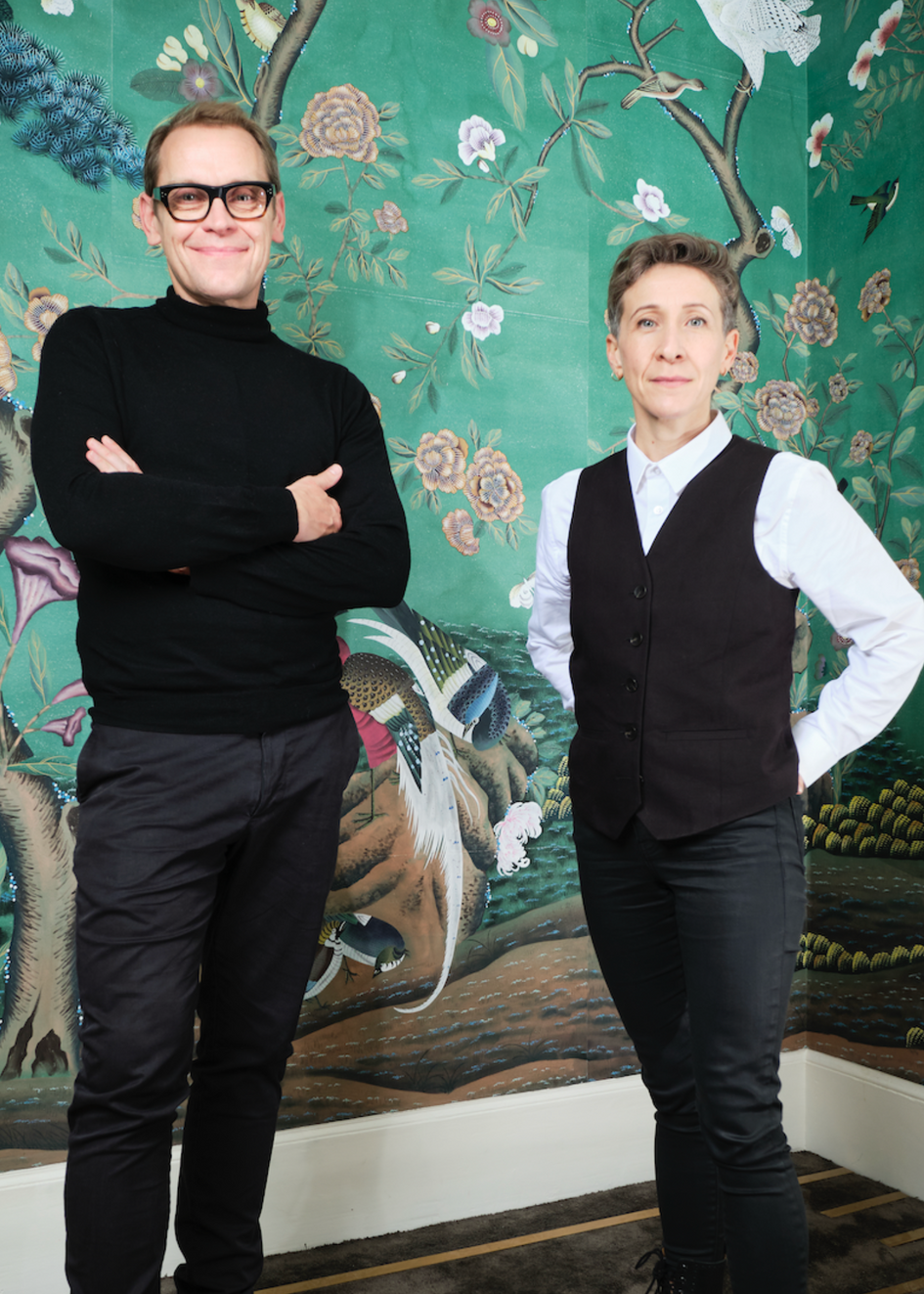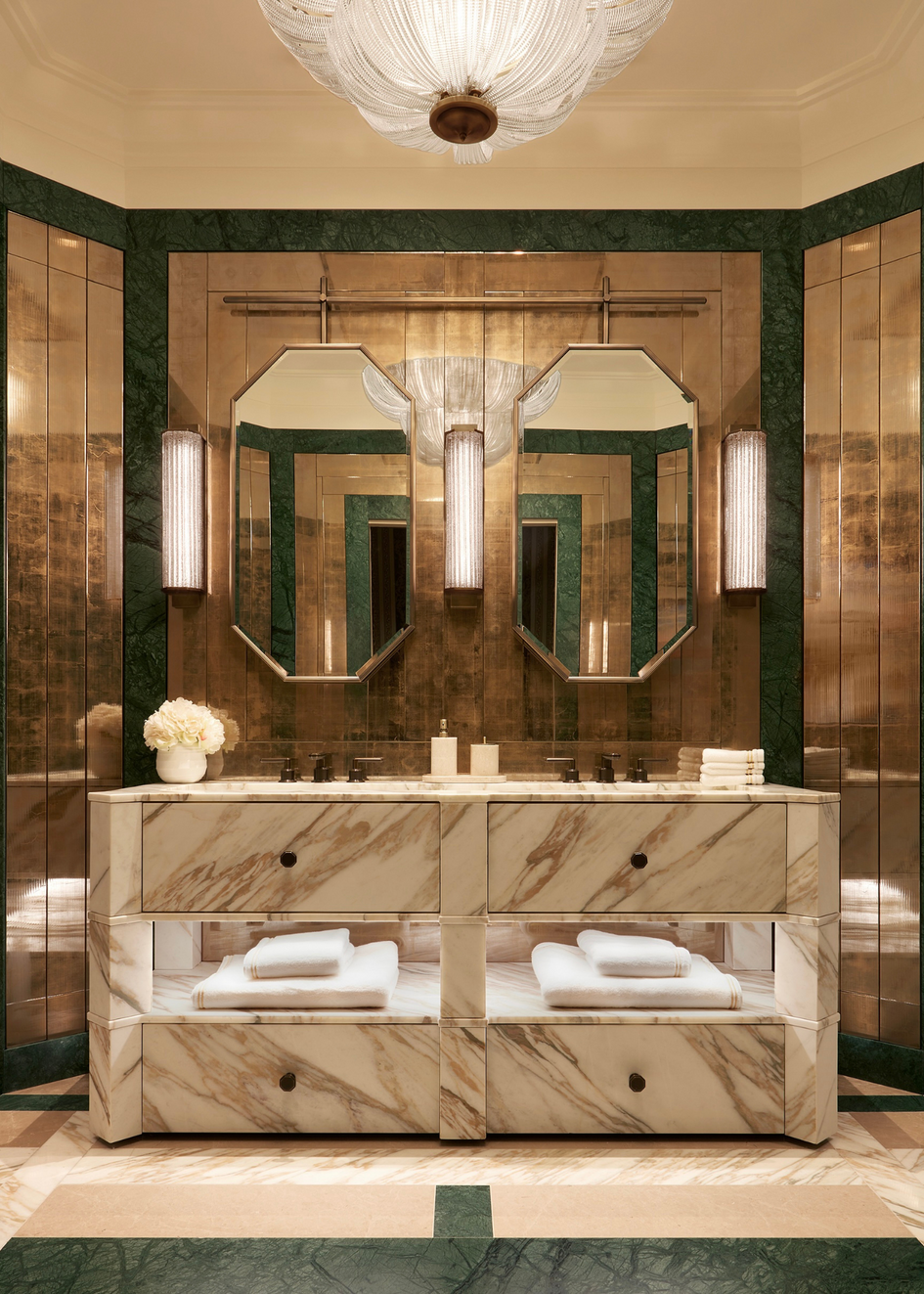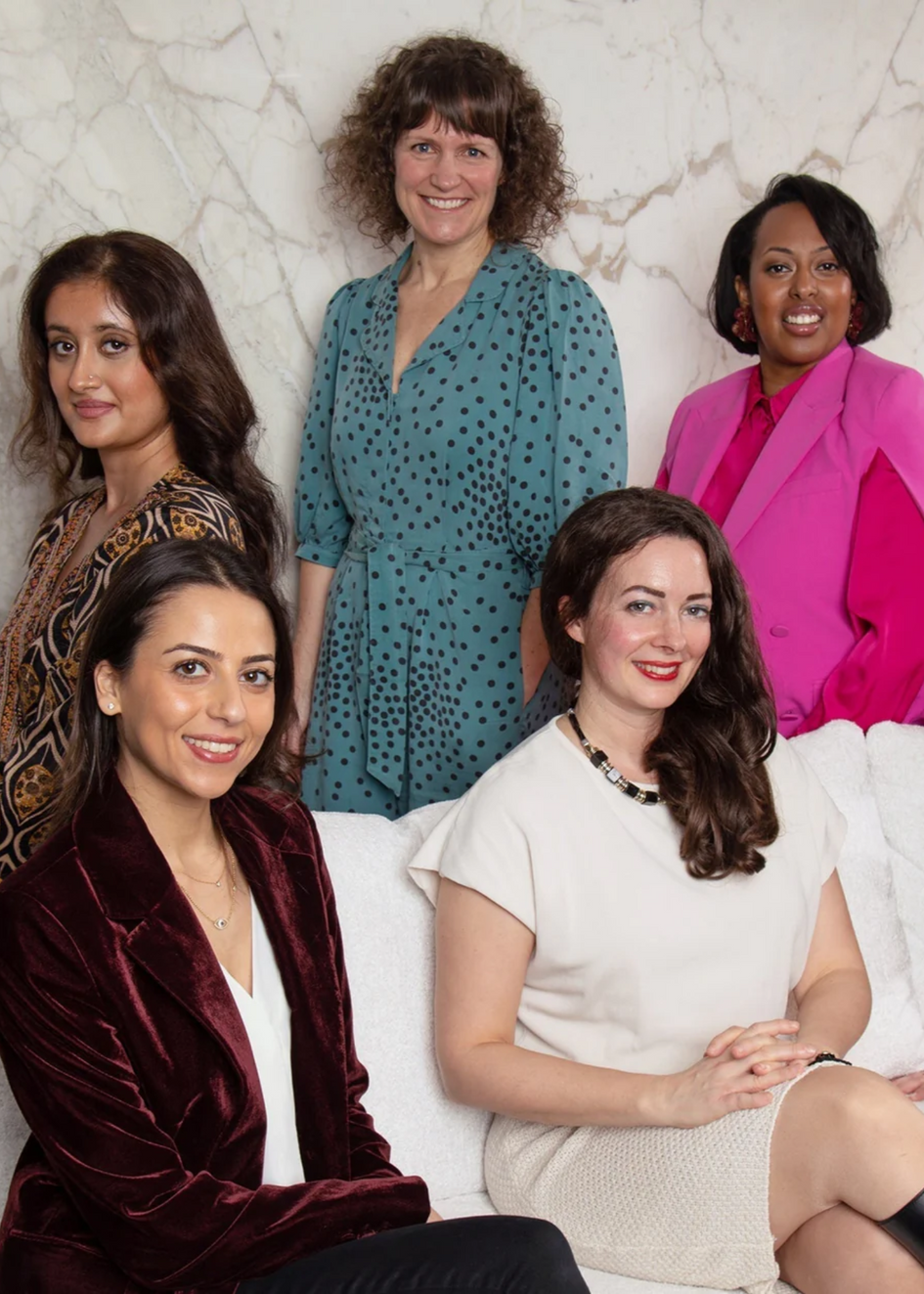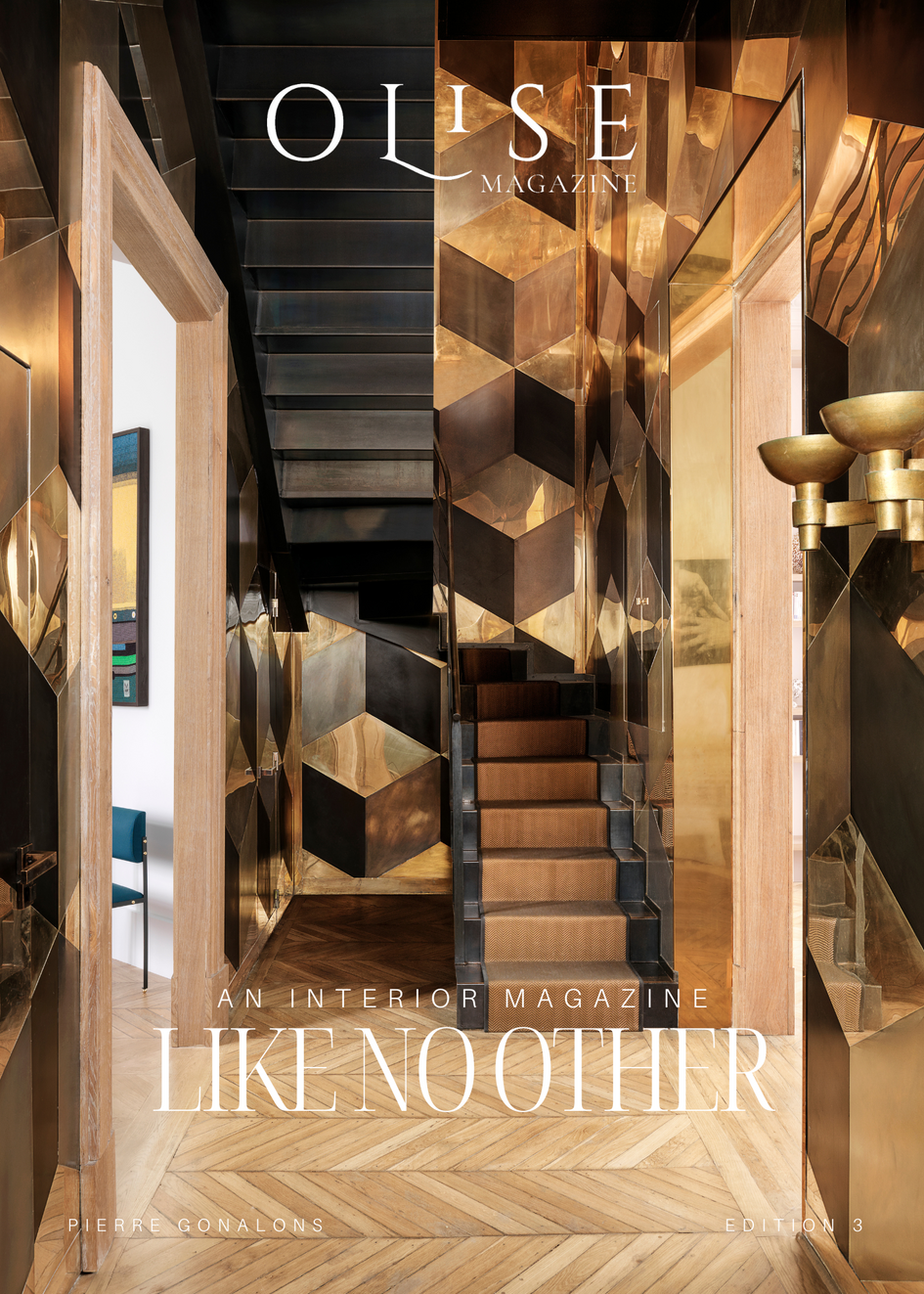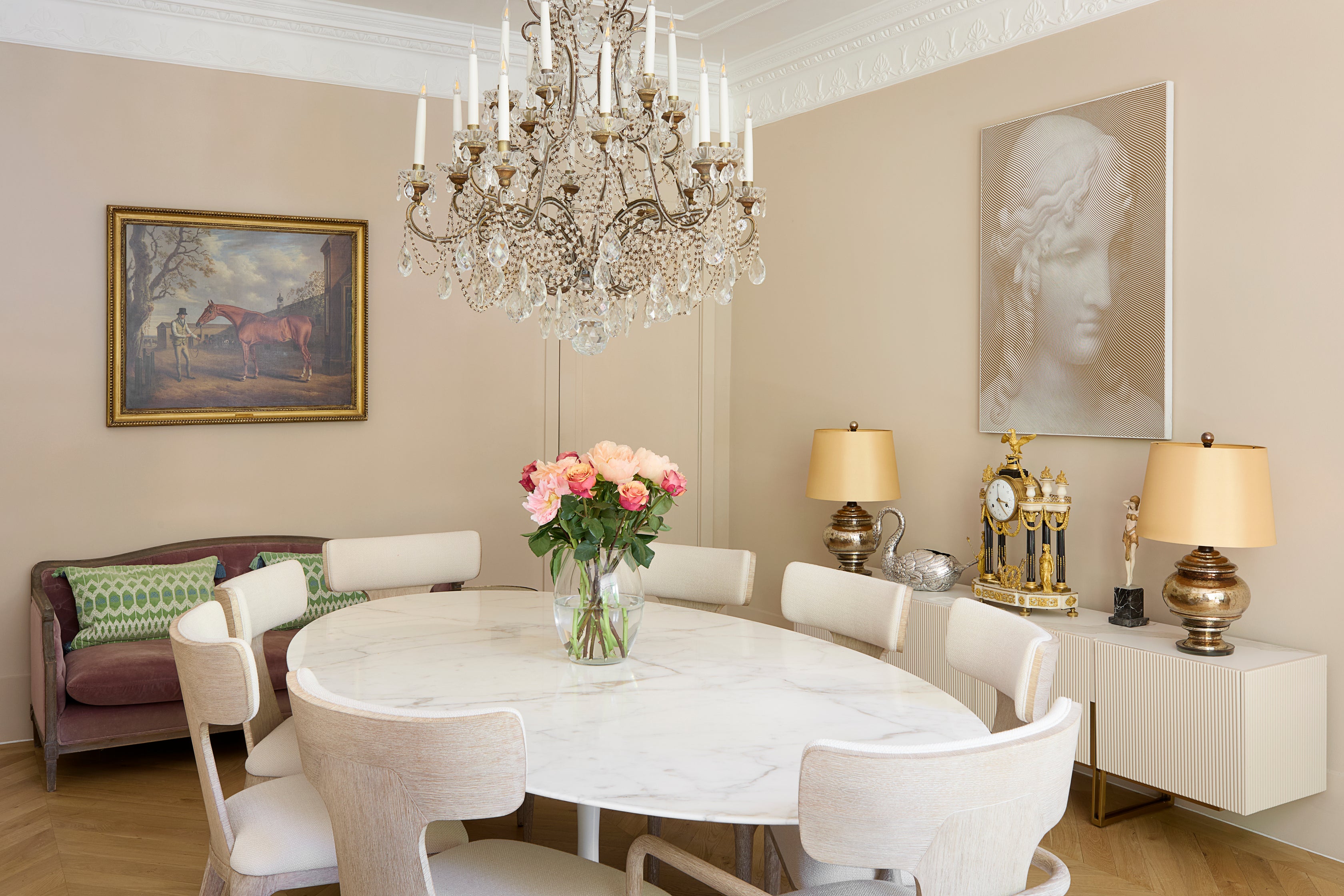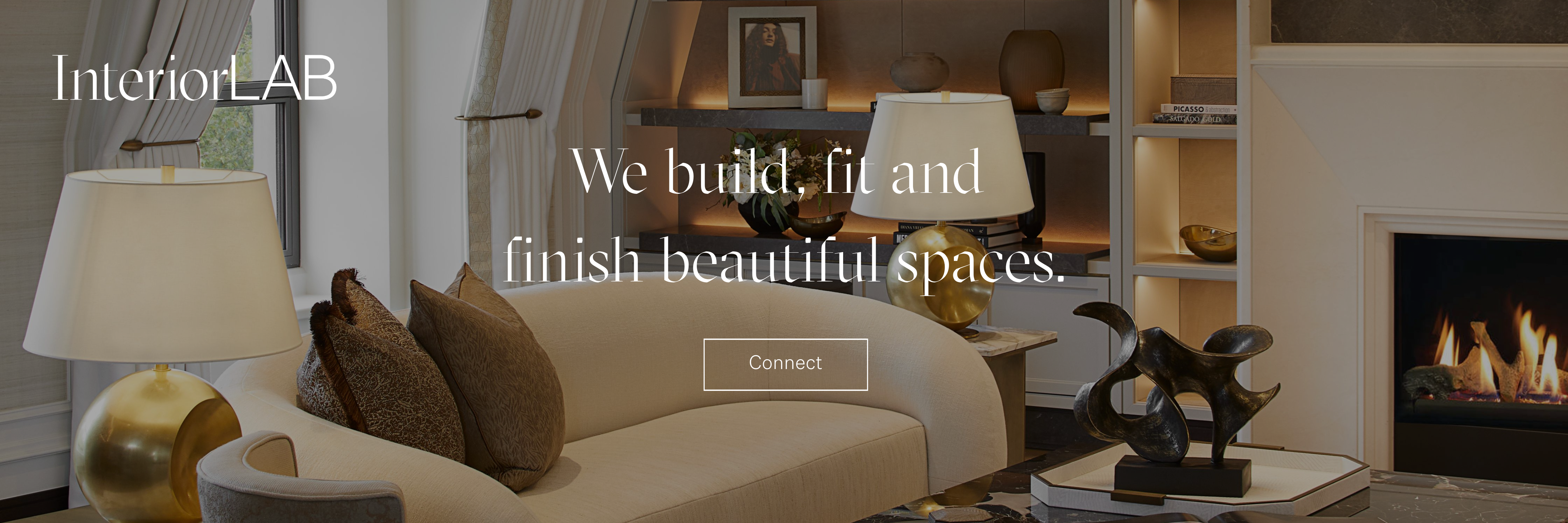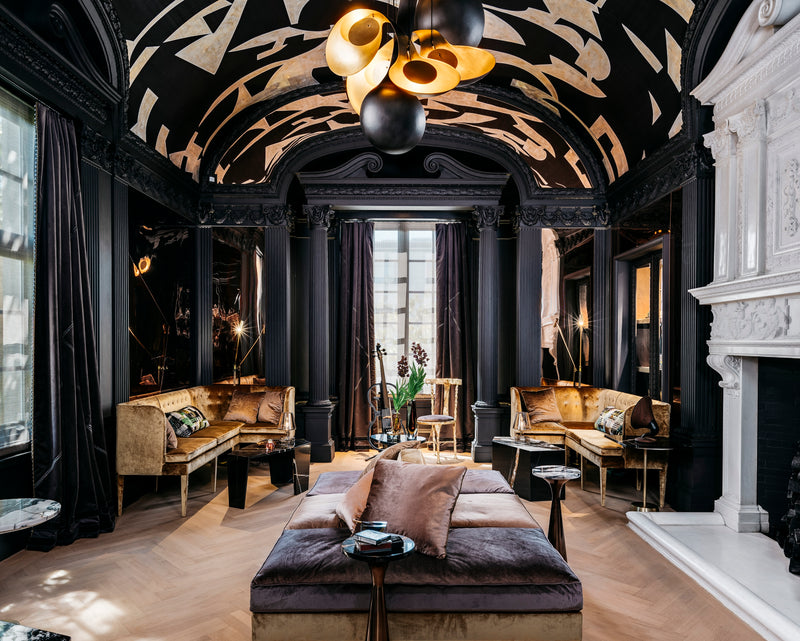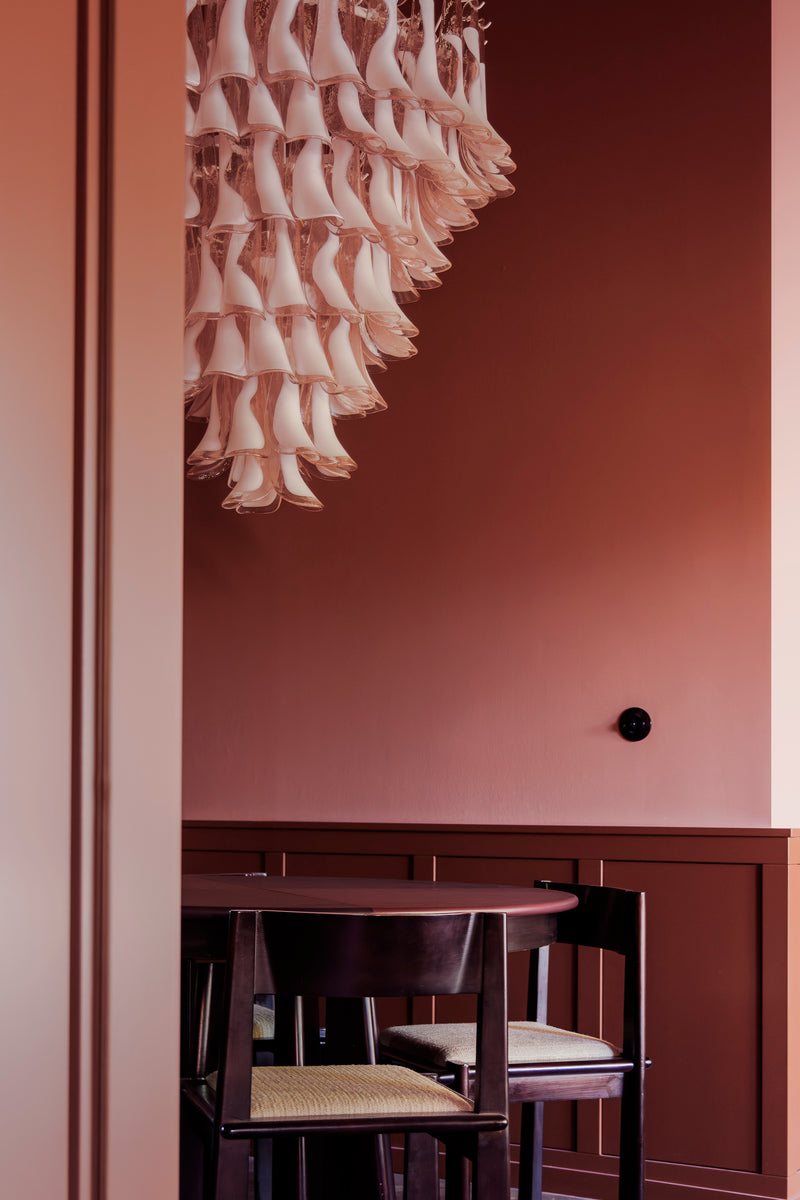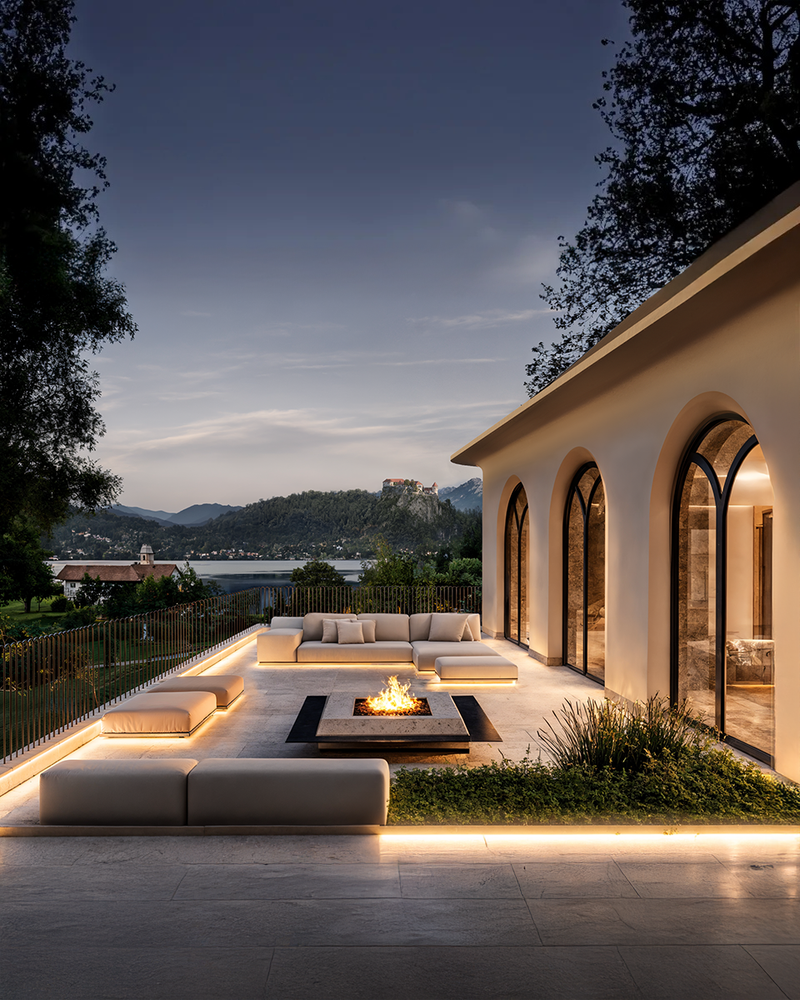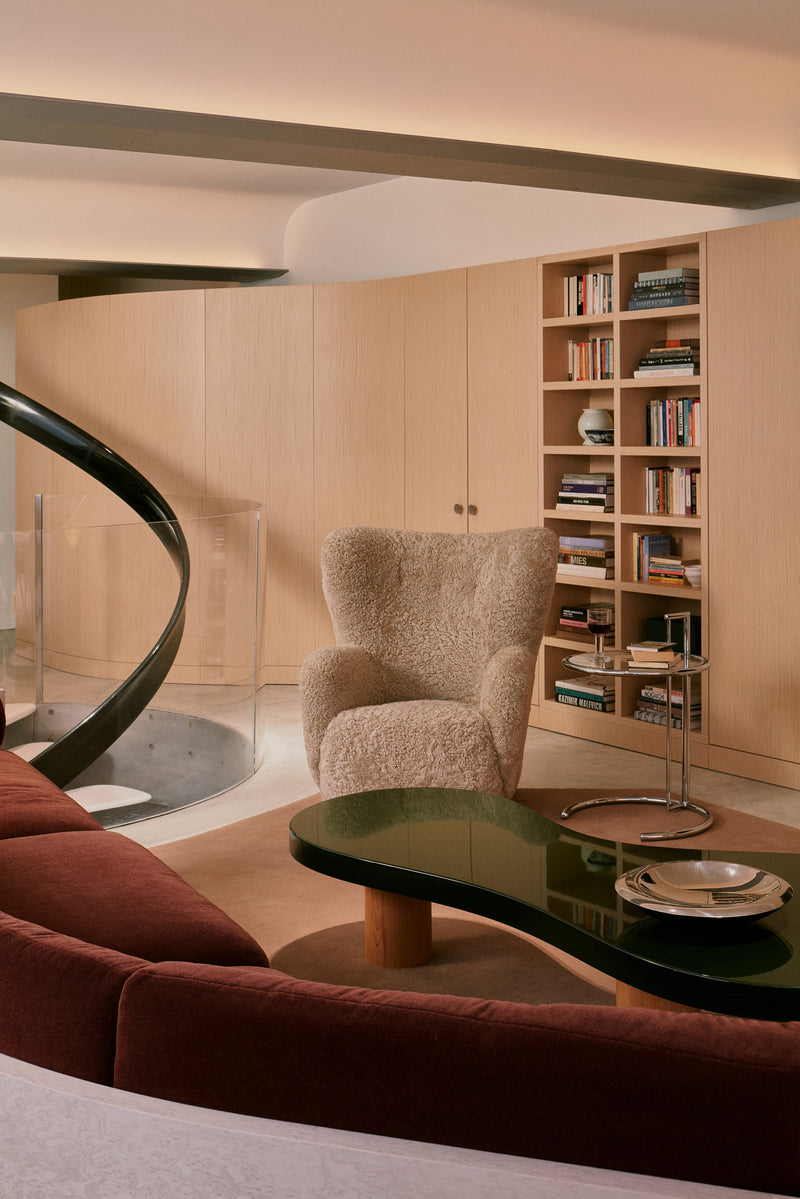Photography by Julian Abrams
Art with Intention: A Conversation with Gui Maximino
EXPERTS
As an independent art advisor with deep roots in antiques and fine art, Gui Maximino brings clarity, intention, and passion to the conversation—merging market insight with soul to help collectors see beyond the frame.

Q: Why is art so important to you?
Art has the power to transform your day, your mood, and your mindset. It’s as vital as the air we breathe, present in everything from soup cans to films to the furniture we live with. It’s not just about high culture; art is everywhere.
Q: How do you define art?
There’s no single answer. As Andy Warhol said, “Art is anything you can get away with.” To me, it’s about intention. Whether it’s a painting or a movement, art starts with an impulse to express something deeply felt.

Q: How do you educate clients about art?
Through patience and relationships. You don’t convince someone with one quote, it’s about showing up consistently, listening, and building mutual trust over time.
Q: Is there a difference between decorative art and ‘real’ art?
Rather than pitting one against the other, I prefer to draw the line between craft and art. What matters is intention. Art carries the soul of the creator, it exists for a reason, beyond matching a sofa.
Q: What role does art play in interior design?
It’s everything. Art gives a home soul and personality. You can design the most expensive house in the world, but without art, it risks feeling like a showroom.
Q: Why does the art world struggle to support living artists?
People gravitate toward famous names because they seem like safer investments. But the real barrier is education and transparency, knowing how to navigate galleries and pricing without being misled.
Q: Can anyone walk into a gallery and buy real art?
Technically, yes. But building a relationship with a gallery opens doors to more meaningful pieces and protects both collectors and artists from speculation and short-term flipping.
Q: Why did you become an independent art advisor?
Freedom and trust. Working independently allows me to put the client’s needs first, sourcing works beyond the limitations of one gallery’s catalogue, and ensuring there’s no conflict of interest.
Q: Top advice for art collectors?
Do your research. Visit galleries, talk to dealers, and surround yourself with people who know the market. Don’t just buy, learn.
Q: And for interior designers wanting to work more with real art?
Start the conversation early with clients. Don’t assume it’s unaffordable. There are excellent works at many price points, and advisors can help guide you to the right pieces without compromising the art.

Q: Advice for emerging artists?
Be visible. Use social media, share your process, and be consistent. Exposure leads to opportunity.
Q: If you could have dinner with any artist from the past?
Jean-Baptiste-Siméon Chardin, just to ask, “Why didn’t you paint more?”
Q: How should one build a meaningful art collection?
Look for quality galleries, train your eye, and focus on works with liquidity and provenance. Above all, work with someone you trust to guide the journey.


